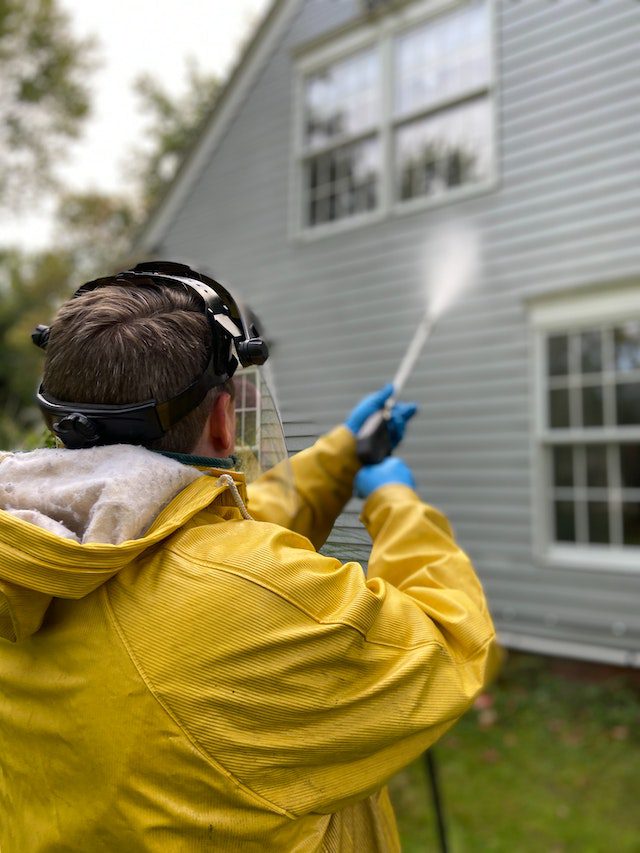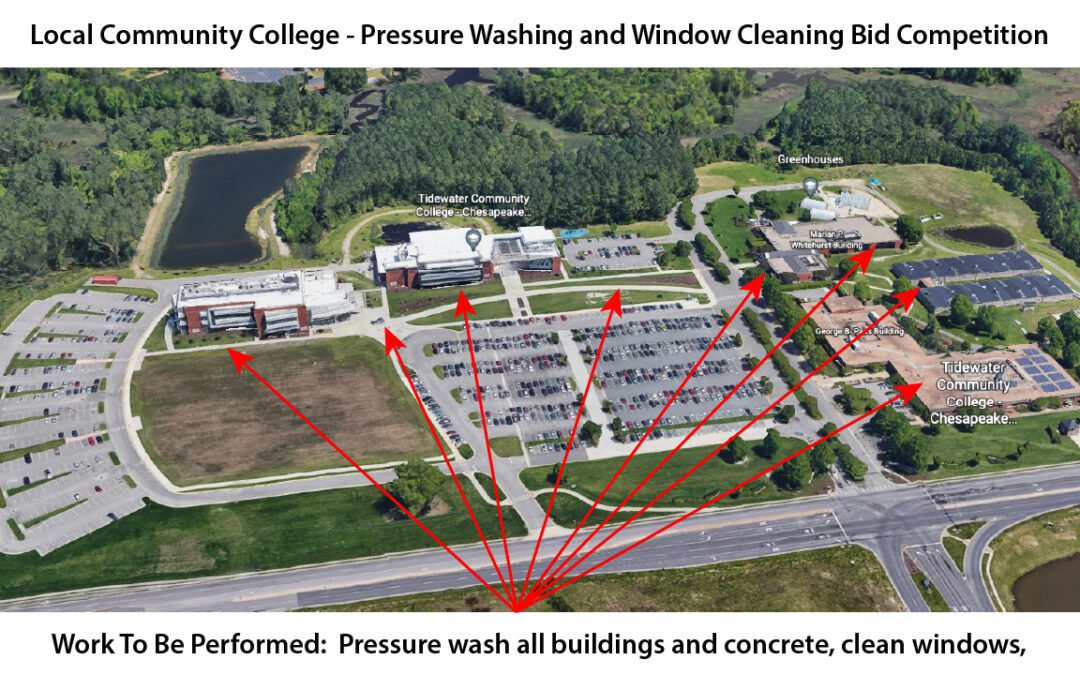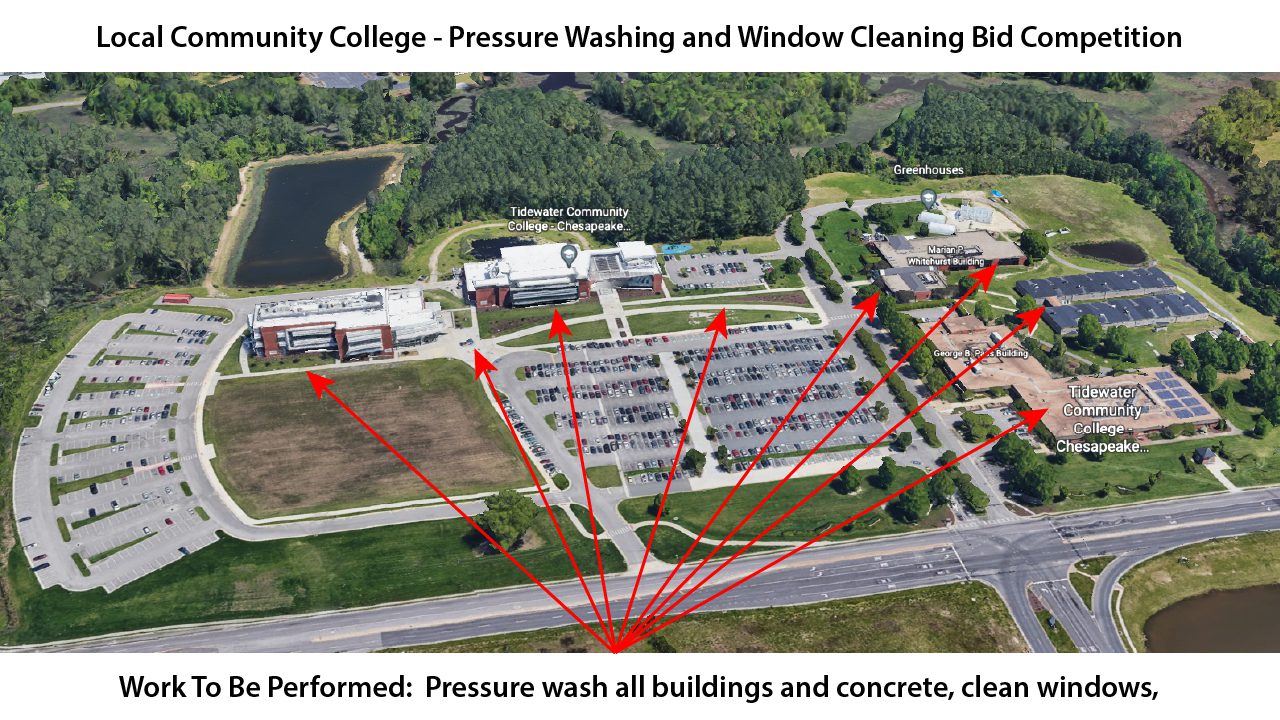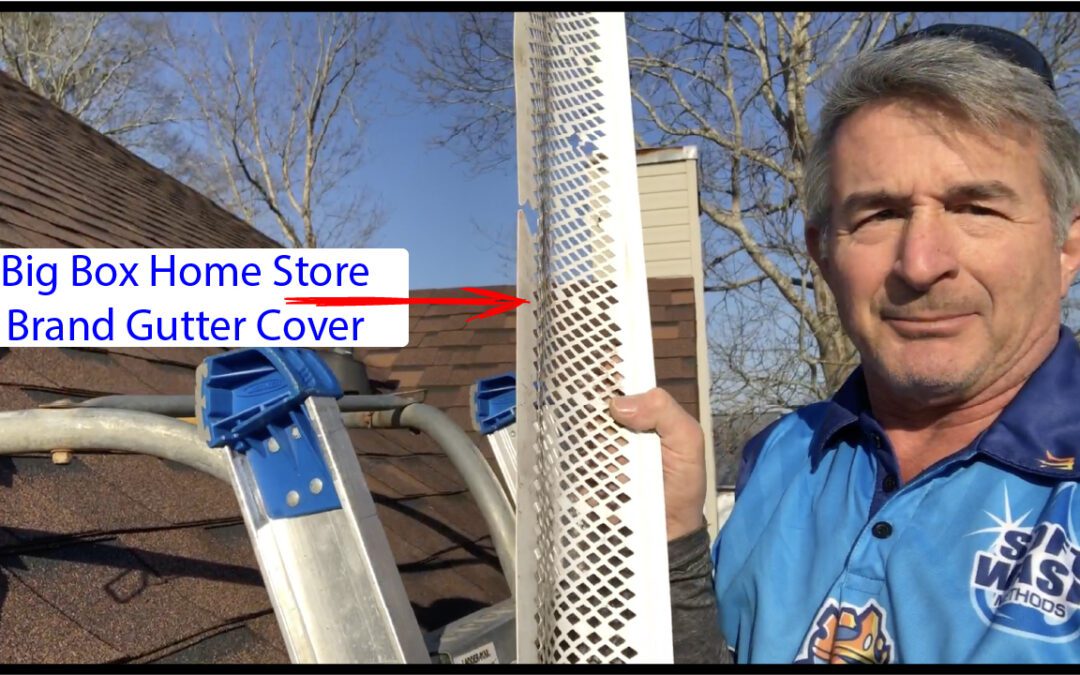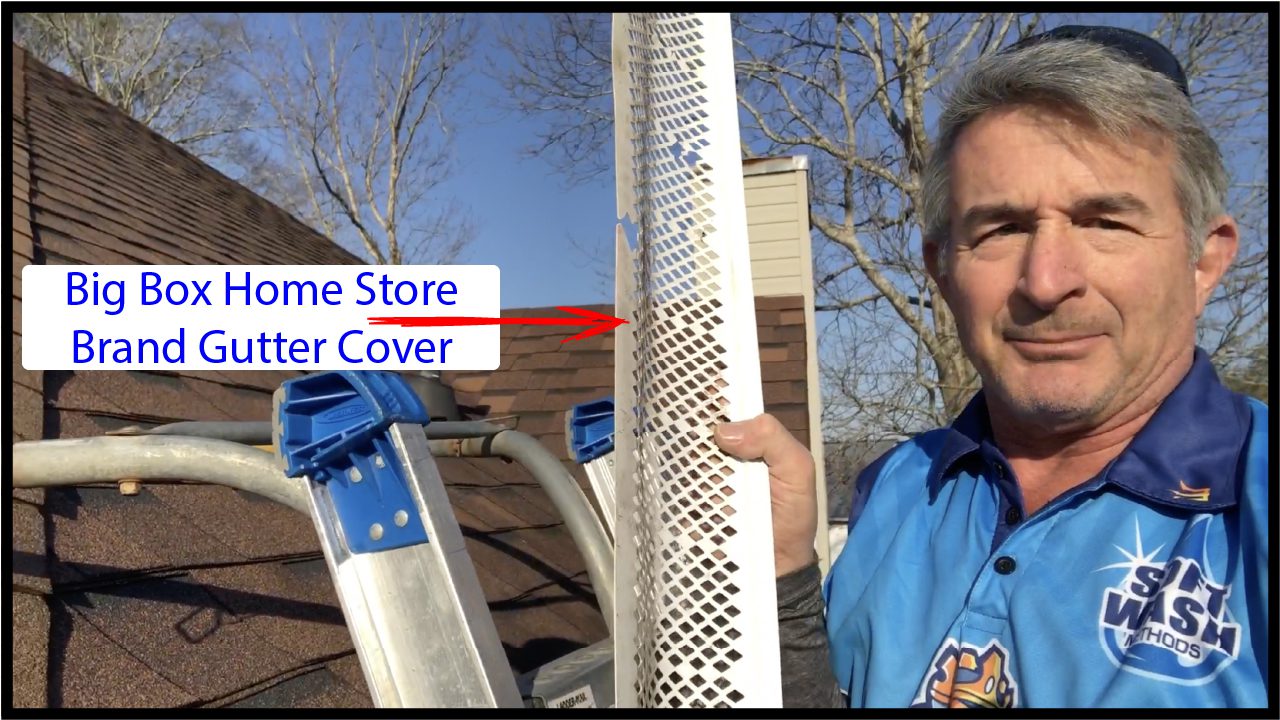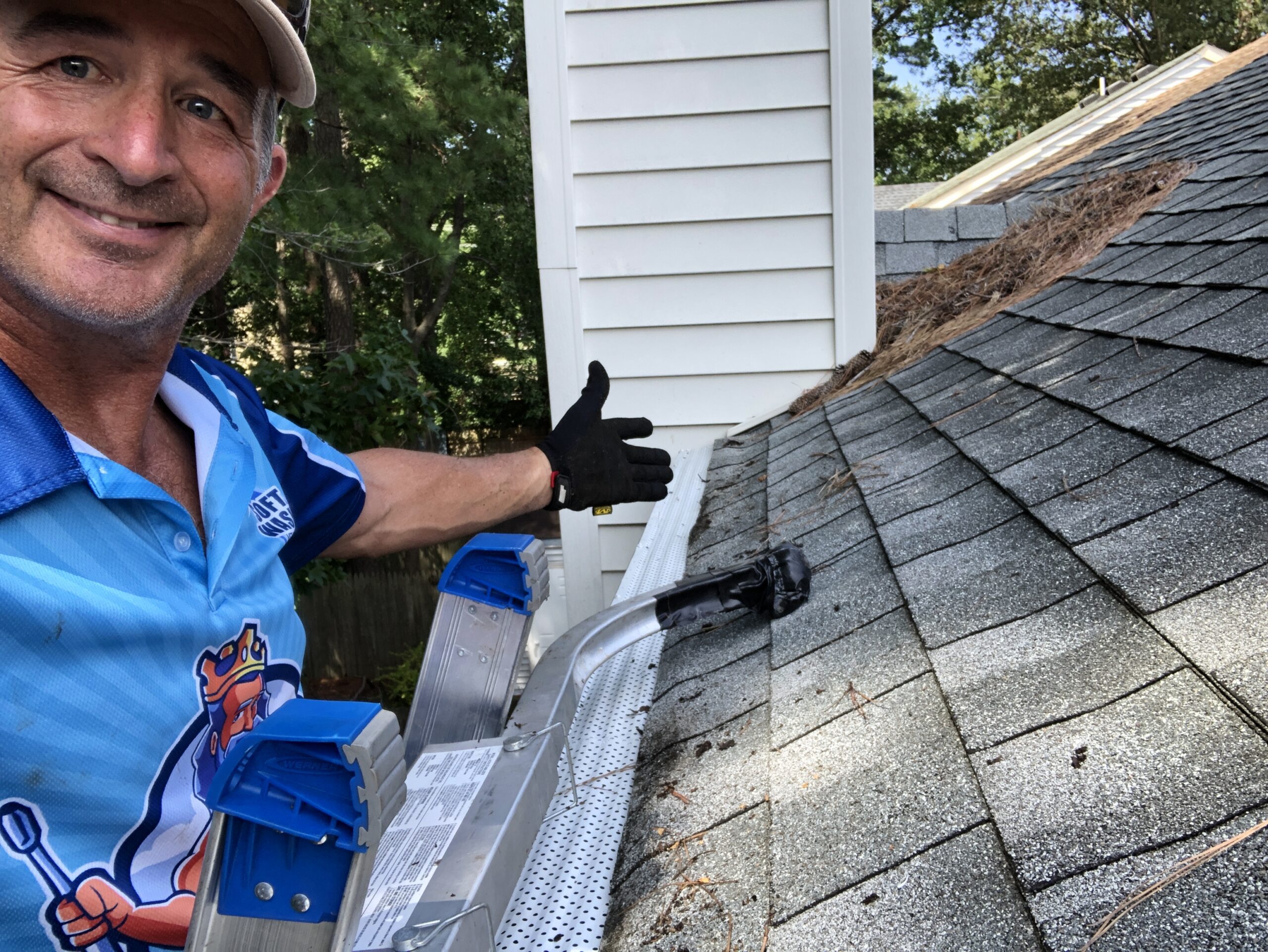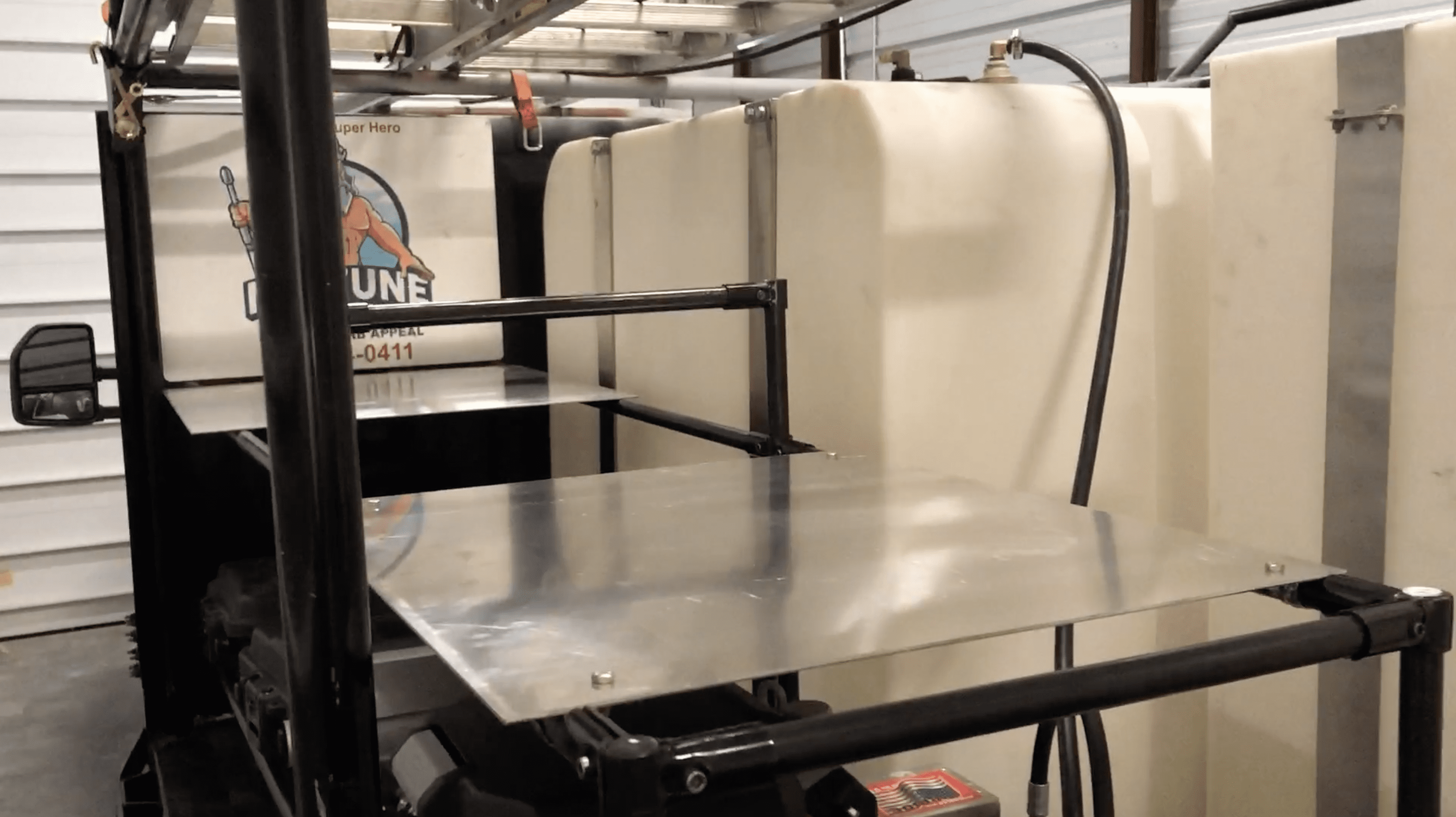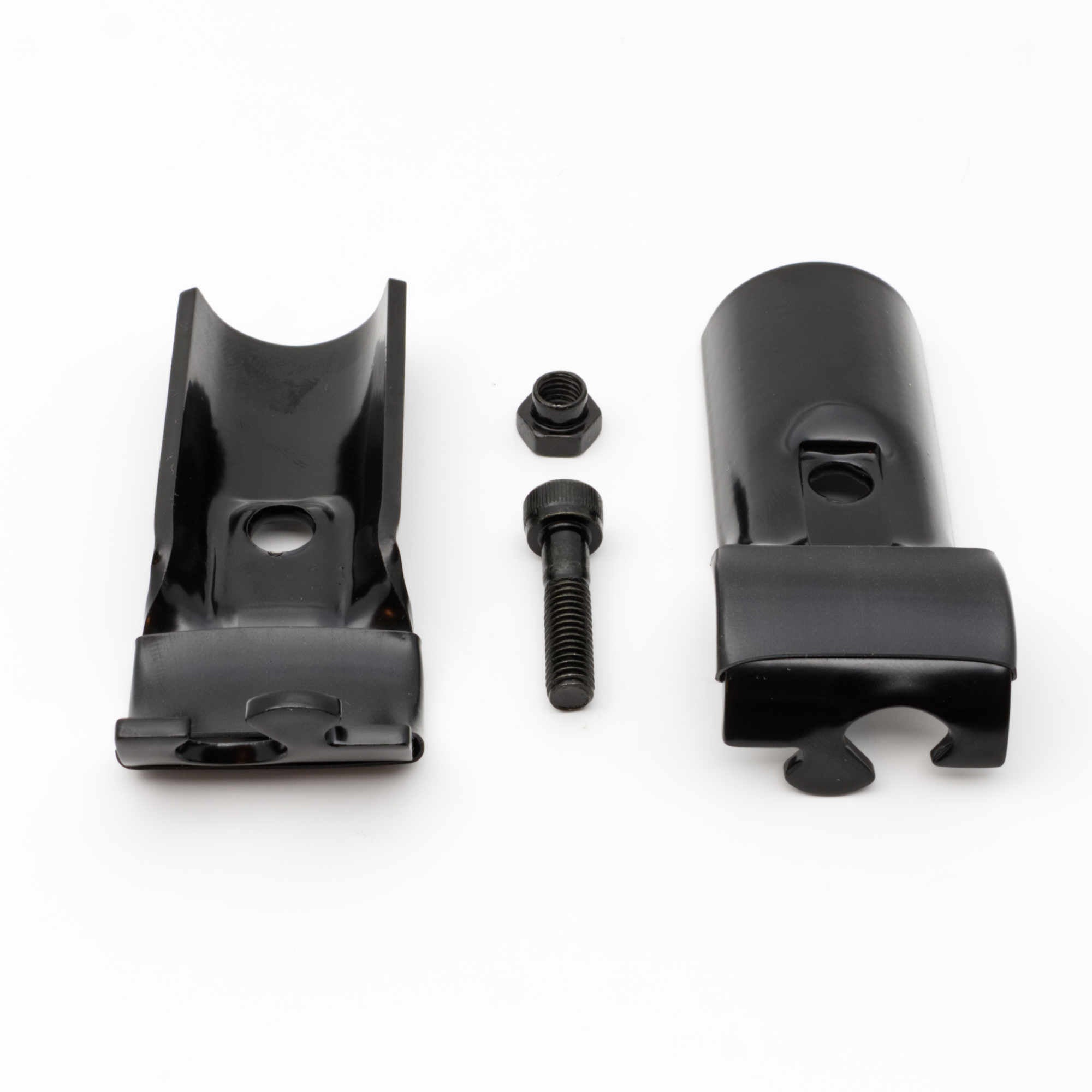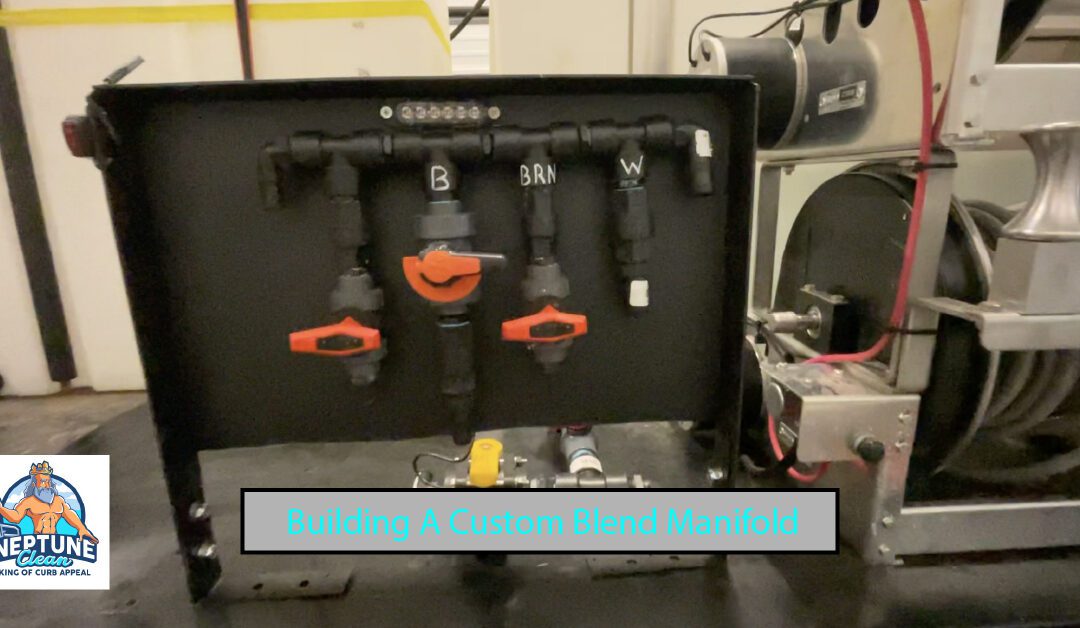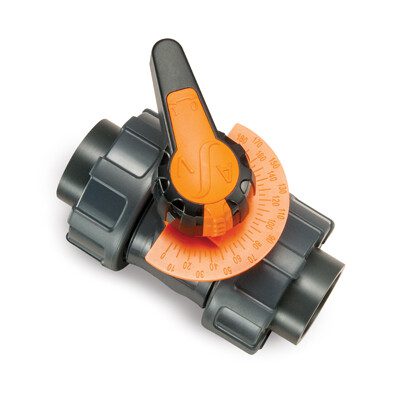The Ultimate Guide to Pressure Washing
Call Neptune Clean Today For A Quote: 757-384-0411
Introduction
Your home’s exterior is constantly exposed to the elements, which can lead to the buildup of dirt, mold, algae, and other contaminants. Pressure washing and house washing are two popular methods for cleaning your home’s exterior surfaces, but how do they differ, and which one is best for your needs?
In this guide, we’ll explore the differences between pressure washing and Soft washing, the benefits of each, and tips for keeping your home in top shape.
What is Pressure Washing?
Benefits of Pressure Washing:
- Deep Clean: The high pressure can penetrate deep into cracks and crevices to remove stubborn stains.
- Efficiency: It’s a fast and effective way to clean large areas.
- Ideal for Hard Surfaces: Driveways, sidewalks, and some fences are perfect candidates for pressure washing.
What is Soft Washing?
Soft washing is a gentler cleaning method. It uses low-pressure water combined with cleaning solutions to remove dirt, mold, and other contaminants from your home’s exterior surfaces. This method is safer for materials like vinyl siding, painted surfaces, and roofing. View our housewashing breakdown here: House Wash with Softwash Technology is number 1 in VB (neptuneclean.com)
Benefits of Soft Washing:
- Safe for Delicate Surfaces: Low pressure ensures that your siding, paint, and shingles are not damaged during the cleaning process.
- Effective on Mold and Algae: The cleaning agents used in house washing kill and remove mold and algae at their roots, ensuring a longer-lasting clean.
Types of Cleaning
- Pressure Washing is ideal for:
- Driveways
- Some Patios and decks
- Concrete surfaces
- Soft Washing is ideal for:
- Vinyl, wood, and aluminum siding
- Roofs
- Windows and glass doors
- Painted surfaces
How Often Should You Wash Your Home’s Exterior?
It’s recommended to pressure wash or house wash your home’s exterior at least once a year, depending on environmental factors. If your home is exposed to heavy rain, wind, or is surrounded by trees, you may need to clean it more often to prevent buildup of debris, mold, and algae.
Steps for Washing hardscapes
- Prepare the Area: Remove any outdoor furniture or plants and cover electrical outlets.
- Outline: use a higher pressure nozzle to outline the areas a surface cleaner will not reach and apply solution.
- Start Cleaning: Work in sections, moving the surface cleaner in even, sweeping motions to avoid streaks or surface damage.
- Rinse: Use a wider nozzle to remove all of the residual dirt the surface cleaner has agitated.

Steps for house washing
- Rinse: Rinse down surface and plants. Test solution on a small portion of siding or surface to make sure there the solution reacts well with the surface.
- Apply Cleaning Solution: Use a soft wash or low-pressure sprayer to apply the cleaning solution to the exterior of your home.
- Let it Sit: Allow the solution to sit for 15-20 minutes to break down grime and kill mold/algae.
- Rinse Thoroughly: Use a low-pressure washer to rinse off the solution, leaving your home looking fresh and clean.

Steps for roof washing
- Inspection: Get ladder, solution and soft wash system ready and inspect the roof for damage.
- Clear debris: Using a brush delicately brush off moss and debris
- Apply Solution: Using a soft wash system apply your roof wash solution to the roof.
- Rinse: This treatment works best to leave the solution on the roof and let the rain rinse it off. However if you msut rinse the solution wait around 30 minutes to allow the solution to set in.

Common Mistakes to Avoid
- Too Much Pressure: Using too much pressure can damage surfaces, especially delicate materials like wood or siding.
- Inconsistent Cleaning: overlapping your strokes when pressure washing ensures an even clean without missing spots.
Should You Hire a Professional?
While DIY pressure washing or house washing can save money, hiring a professional service guarantees the job is done safely and effectively. Professionals know how to handle different surfaces and have the right equipment to ensure your home is cleaned without damage. 12 Benefits of Pressure Washing for Your Home or Business (mrhandyman.com)
Why You Should Choose Neptune Clean
Neptune Clean is the ideal choice for your pressure washing needs. With our years of expertise and experience in both pressure, house, and roof washing, we can effectively and safely clean any surface, whether it’s tough concrete or delicate siding. Regular maintenance using our services will not only enhance your home’s curb appeal but also provide long-term protection against damage. Choose Neptune Clean for a top-notch cleaning solution that keeps your property in excellent condition year-round.
Call us at: 757-773-2470
Email: sales@neptuneclean.com

